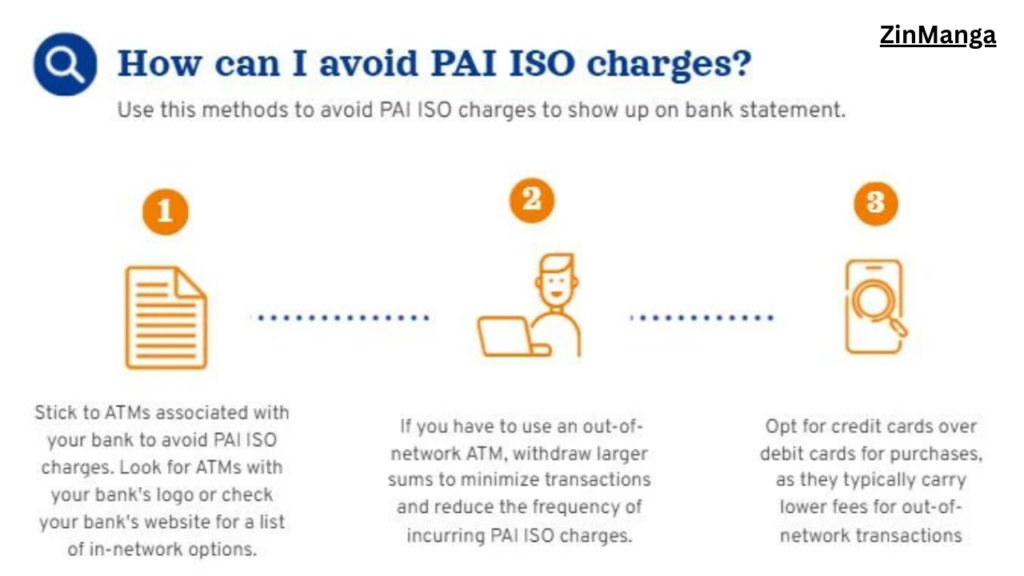Introduction to Pai ISO
In the world of international business, regulatory standards play a pivotal role in ensuring smooth and standardized operations across borders. One such important standard is the “Pai ISO,” a term that has gained significant traction in various industries, particularly in manufacturing, finance, healthcare, and technology. Understanding Pai ISO is crucial for businesses that aim to enhance their operational efficiency, compliance, and competitiveness. In this comprehensive guide, we will delve into everything you need to know about Pai ISO, its significance, how it benefits businesses, and ways to implement it effectively.
Table of Contents
What is Pai ISO?

Pai ISO refers to a set of internationally recognized standards formulated by the International Organization for Standardization (ISO). The “Pai” component stands for a specialized standard category designed to address specific industry requirements. Pai ISO standards are developed to help companies ensure the quality, safety, and efficiency of their processes, products, and services. These standards provide guidelines and frameworks that are applicable across various sectors, ensuring a consistent approach to operational management and quality assurance.
The Importance of Pai ISO in Modern Business
Implementing Pai ISO is critical for businesses that wish to achieve excellence in their operational practices. These standards serve as a global benchmark for quality, ensuring that businesses adhere to the highest possible standards, regardless of where they are located. The importance of Pai ISO cannot be overstated for the following reasons:

Global Recognition: ISO standards, including Pai ISO, are recognized and respected worldwide. Businesses that adhere to these standards demonstrate a commitment to quality and excellence, which enhances their reputation in the global market.
Enhanced Operational Efficiency: Pai ISO standards provide a structured approach to improving efficiency and productivity. By following these guidelines, businesses can optimize their processes, reduce waste, and streamline operations, leading to cost savings and better resource management.
Customer Confidence: Companies that comply with Pai ISO standards can guarantee a higher level of product quality, safety, and reliability, leading to increased customer satisfaction and trust. This is particularly important in competitive industries where consumer expectations are high.
Regulatory Compliance: Many industries, especially in healthcare, finance, and manufacturing, require adherence to stringent regulations. Pai ISO standards ensure that businesses meet these regulatory requirements, minimizing the risk of legal penalties and improving their chances of securing government contracts.
Key Pai ISO Standards
There are various Pai ISO standards designed to address specific industry needs.
Here are some frequently used standards:
Pai ISO 9001: This is perhaps the most widely recognized standard, focusing on quality management systems. It helps organizations consistently meet customer and regulatory requirements while striving for continuous improvement.
Pai ISO 14001: This standard deals with environmental management systems, ensuring that businesses minimize their environmental impact and comply with applicable laws and regulations.
Pai ISO 27001: Specifically designed for information security management, Pai ISO 27001 helps organizations protect sensitive data and manage information security risks effectively.
Pai ISO 45001: This standard focuses on occupational health and safety management, ensuring that businesses provide a safe and healthy working environment for their employees.
Each of these Pai ISO standards serves a unique purpose, but they all share a common goal: helping businesses improve their operations and achieve excellence in their respective fields.
How to Implement Pai ISO in Your Business
Implementing Pai ISO standards in your organization can be a game-changer, but it requires a structured approach. Here is a step-by-step guide on how to implement Pai ISO in your business:

1. Understand the Specific Pai ISO Standard
The first step in implementing Pai ISO is to identify which specific standard is most relevant to your business. For instance, if you are in the manufacturing industry, Pai ISO 9001 may be the most applicable, while companies in the tech industry may benefit more from Pai ISO 27001. Understanding the requirements and scope of the chosen standard is essential.
2. Conduct a Gap Analysis
Once you have selected the appropriate Pai ISO standard, you need to assess your current processes and systems against the standard’s requirements. This is called a gap analysis, which helps identify areas where your business falls short and where improvements are needed.
3. Develop a Plan
After conducting the gap analysis, the next step is to develop a detailed plan for implementing Pai ISO. This plan should outline the specific actions you need to take to comply with the standard, the resources required, and the timeline for implementation.
4. Train Your Employees
Successful implementation of Pai ISO standards depends on the active participation of your employees. Provide training to your staff to ensure they understand the new processes and requirements. Employee engagement is critical for the smooth adoption of Pai ISO standards.
5. Monitor and Improve
Implementing Pai ISO is not a one-time task. Continuous monitoring and improvement are required to maintain compliance and achieve the best results. Regular internal audits and reviews will help you identify any non-conformities and areas for improvement.
The Benefits of Pai ISO Certification
Achieving Pai ISO certification offers numerous benefits to businesses, including:
Improved Product Quality: Adherence to Pai ISO standards ensures that businesses consistently produce high-quality products that meet customer and regulatory requirements.
Increased Market Access: Many industries and government contracts require companies to be Pai ISO certified. By obtaining certification, businesses can gain access to new markets and opportunities.
Risk Management: Pai ISO standards, especially those related to safety and information security, help businesses identify and mitigate risks, reducing the likelihood of costly incidents.
Operational Efficiency: The structured approach provided by Pai ISO standards helps businesses streamline their operations, reduce waste, and optimize resource use, resulting in cost savings.
Customer Satisfaction: By adhering to Pai ISO standards, businesses can deliver products and services that consistently meet customer expectations, leading to increased customer satisfaction and loyalty.
Common Challenges in Implementing Pai ISO
While the benefits of Pai ISO are clear, the implementation process can be challenging. Some common hurdles businesses face include:
Resource Constraints: Implementing Pai ISO requires significant time, effort, and financial investment. Smaller businesses, in particular, may struggle to allocate the necessary resources.
Employee Resistance: Change can be difficult, and some employees may resist the adoption of new processes and systems required by Pai ISO standards.
Complex Documentation: Pai ISO standards require extensive documentation, which can be overwhelming for businesses that are not used to maintaining detailed records.
Maintaining Compliance: Even after achieving Pai ISO certification, businesses need to continuously monitor and maintain compliance, which can be time-consuming and challenging.
FAQs about Pai ISO
1. What is Pai ISO certification?
Pai ISO certification is an official recognition that a business adheres to a specific set of internationally recognized standards related to quality, safety, and efficiency.
2. How long does it take to get Pai ISO certification?
The time required to achieve Pai ISO certification depends on the size of the organization, the specific standard being implemented, and the current state of the business’s processes. It can take anywhere from a few months to over a year.
3. Is Pai ISO certification mandatory?
No, Pai ISO certification is not mandatory. However, many industries and government contracts require certification, and businesses that obtain certification gain a competitive edge.
4. How much does Pai ISO certification cost?
The cost of Pai ISO certification varies depending on the size of the organization and the specific standard being implemented. Costs can range from a few thousand to tens of thousands of dollars.
5. What industries benefit from Pai ISO standards?
Pai ISO standards are applicable across a wide range of industries, including manufacturing, healthcare, finance, and technology.
Conclusion
In today’s competitive business environment, adhering to Pai ISO standards is more important than ever. These internationally recognized standards provide businesses with a framework for improving quality, efficiency, and compliance. By implementing Pai ISO in your organization, you can enhance your operational processes, gain customer trust, and expand your market opportunities. While the journey to Pai ISO certification can be challenging, the long-term benefits far outweigh the initial investment. Ensure that you stay committed to continuous improvement and maintaining compliance, and your business will reap the rewards of being Pai ISO certified.
You can see latest updates on: Zinmanga



